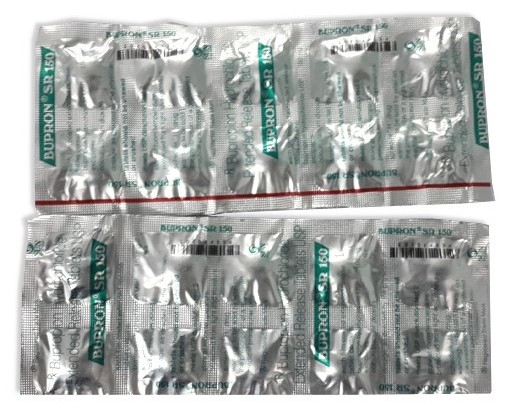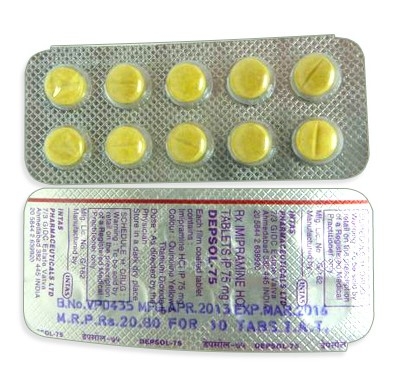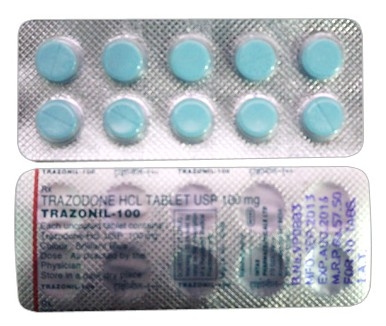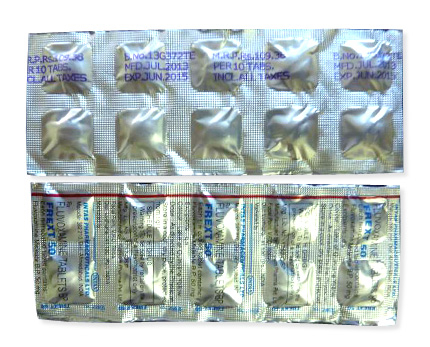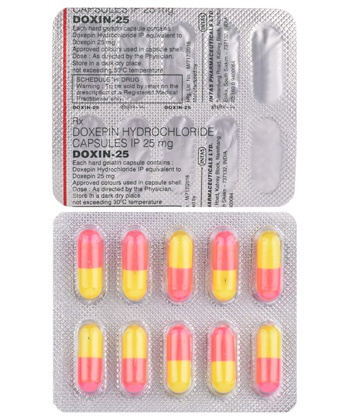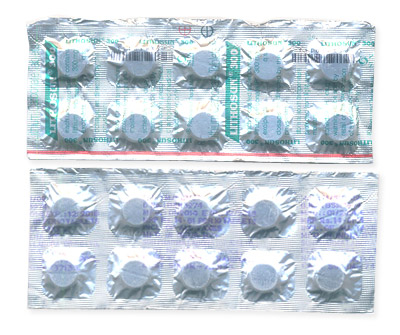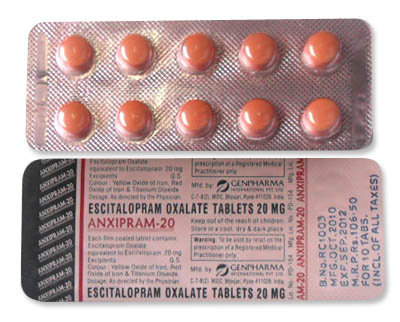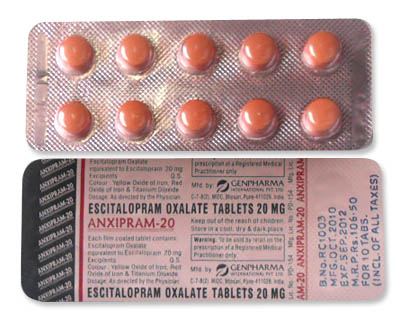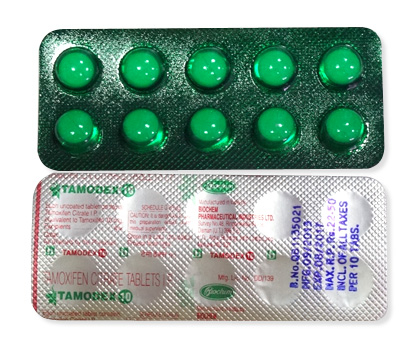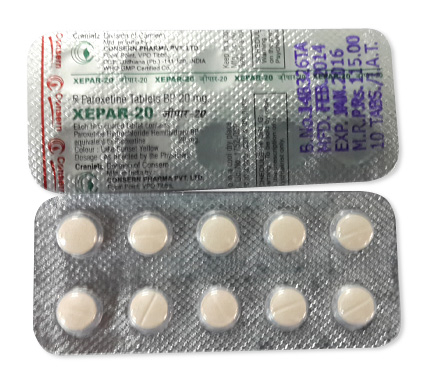Effexor
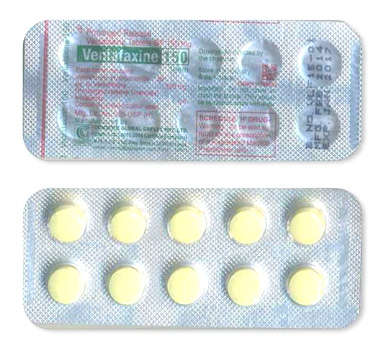
Effexor
- In our pharmacy, you can purchase Effexor with a valid prescription, available for international delivery in 5-14 days to various countries like the USA, Canada, EU, and others. Offered in discreet packaging.
- Effexor is used to treat major depressive disorder (MDD), generalized anxiety disorder (GAD), social anxiety disorder, and panic disorder. It works by inhibiting the reuptake of serotonin and norepinephrine, neurotransmitters that regulate mood and emotion.
- Usual starting dose is 75 mg once daily for XR capsules; immediate-release tablets start at 75 mg/day divided into multiple doses. Maintenance doses range up to 225 mg/day, adjusted for specific conditions under medical supervision.
- Administration is via tablets (immediate-release) or extended-release capsules (Effexor XR), taken orally with water.
- Onset of therapeutic effects typically occurs within 2-4 weeks of consistent dosing, though initial physiological responses may be noticeable earlier.
- Duration of action: Extended-release capsules maintain effect for 24 hours (once daily dosing), while immediate-release tablets require administration 2-3 times daily due to shorter duration.
- Avoid alcohol entirely, as it increases risks of dizziness, drowsiness, and exacerbates depression or anxiety symptoms.
- The most common side effect is nausea, which occurs very frequently, especially during initial treatment.
- Ready to experience relief from anxiety or depression? Try Effexor today—consult your healthcare provider for a prescription and hassle-free purchasing!
Basic Effexor Information
| Category | Details |
|---|---|
| INN (International Nonproprietary Name) | Venlafaxine |
| Brand Names Available in Australia | Efexor XR (branded), generic venlafaxine |
| ATC Code | N06AX16 |
| Forms & Dosages | Extended-release capsules: 37.5mg, 75mg, 150mg |
| Manufacturers in Australia | Pfizer (Efexor XR), generics (Sandoz, Mylan, Alphapharm) |
| Registration Status in Australia | TGA-approved, listed on ARTG |
| OTC / Rx Classification | Prescription only (Schedule 4) |
Venlafaxine goes by its common Australian brand name Efexor XR, though generic versions are widely used. This prescription medication falls into the category of SNRI antidepressants, meaning it works differently to standard SSRIs by affecting two brain chemicals. In Australia, all formulations require a doctor's prescription.
The Therapeutic Goods Administration strictly regulates efexor venlafaxine products following Australian drug scheduling protocols. You'll generally find two types on pharmacy shelves: immediate-release tablets for short-acting treatment and extended-release capsules designed for once-daily dosing. Generic options substantially lowered prices compared to the original branded product.
Not every pharmacy stocks all strengths, but major chains typically carry multiple generic brands. Efexor venlafaxine prescriptions become more accessible through Australia's Pharmaceutical Benefits Scheme when doctors follow specific prescription guidelines. Schedule 4 classification means pharmacists must verify all scripts before dispensing.
Effexor: Key Contraindications & Common Side Effects
Certain health conditions and medications make Effexor (venlafaxine) unsuitable. Absolute contraindications include taking MAO inhibitors due to dangerous serotonin syndrome risks, and uncontrolled narrow-angle glaucoma as it may worsen eye pressure. Medical teams should review all current medications before prescribing.
Frequent Adverse Reactions
Many patients experience manageable side effects that often improve within weeks. The most prevalent include nausea (affecting around 40% of users), headaches, excessive sweating, and sleep disturbances. Symptoms frequently correlate with dosage:
| Side Effect | 37.5-75mg/day | 150-225mg/day |
|---|---|---|
| Nausea | 25-30% | 40-45% |
| Dizziness | 15% | 20-25% |
| Insomnia | 15% | 20% |
Blood pressure changes - particularly elevations of 10-15mmHg - warrant regular checks. Orthostatic hypotension may occur when standing suddenly. Some report activation syndrome symptoms like increased restlessness during initial weeks. Gradually tapering dosage under supervision minimises withdrawal discomfort when discontinuing.
Severe Safety Warnings & Required Monitoring
Australia's Therapeutic Goods Administration mandates black box warnings for all antidepressants, including Effexor. This highlights increased suicidal thoughts or behaviours in people under 25 years, particularly during early treatment. Vigilance for mood deterioration is crucial during this period.
Serotonin syndrome represents a critical emergency requiring immediate attention. Key indicators include:
- High fever exceeding 38°C
- Uncontrolled muscle spasms or tremors
- Confusion or disorientation
- Rapid heart rate fluctuations
Risk escalates when combining with other serotonergic agents like tramadol or triptans. Elderly patients need sodium level monitoring since hyponatremia occurs more frequently in this group. Although rare, potential QTc prolongation warrants caution in those with cardiac conditions. Overdoses exceeding 1g often require emergency cardiac monitoring and symptom management.
Real Patient Experiences & Medication Adherence Challenges
User testimonials reveal varied experiences with Effexor. Some report transformative benefits, with comments like "My constant panic attacks finally stopped after 6 weeks" or "Functional again after years of severe depression." Others describe significant hurdles: "The nausea was unbearable initially" or "Night sweats continued despite dosage changes."
Adherence challenges frequently involve cost burdens (approximately $30-60 monthly under PBS versus over $100 privately) and managing persistent side effects. Extended-release formulations generally improve tolerability. Pharmacists recommend simple strategies:
- Take with substantial meals to reduce nausea
- Schedule doses earlier if insomnia occurs
- Discuss PBS safety net timing for chronic users
Many find long-term effectiveness outweighs early side effects, though individual responses vary considerably.
Australian Therapeutic Alternatives to Effexor
When Effexor proves unsuitable, several alternatives exist under the Pharmaceutical Benefits Scheme. First-line SSRI options include:
- Sertraline (Zoloft): Often preferred for depression with anxiety features
- Escitalopram (Lexapro): Lower interaction profile than older SSRIs
For treatment-resistant cases, consider SNRIs like duloxetine (Cymbalta or Andepra), which shares Effexor's dual mechanism but typically causes less blood pressure elevation. Mirtazapine works well for those with insomnia or appetite loss.
Switching antidepressants requires careful cross-tapering plans. PBS subsidy restrictions may influence decisions, with most SSRIs costing patients approximately $30 monthly versus $80 for some SNRIs. Choice ultimately depends on individual risk factors, concurrent conditions, and tolerability profiles. Consultation with mental health specialists ensures optimal medication selection and PBS access options. Signs of treatment-resistant depression warrant psychiatric review for advanced therapies.
Venlafaxine vs Other Antidepressants: An Australian Comparison
Choosing the right antidepressant involves weighing factors like effectiveness, side effects, and cost. Here’s how Effexor aligns against common alternatives in Australia, referencing PBS pricing surveys:
| Factor | Effexor (Venlafaxine) | Sertraline | Escitalopram |
|---|---|---|---|
| Monthly Cost (PBS) | $20-$30 | $15 | $18 |
| Key Side Effects | Potential blood pressure increase, nausea | Lower GI disturbances | Lower cardiac risk (QT prolongation) |
| Prescriber Preference* | Often preferred if SSRIs ineffective | Common first-line choice | Favoured for anxiety disorders |
*Based on Australian prescriber practice surveys. Pharmacists note Effexor’s SNRI pharmacoeconomics – balancing proven efficacy for severe depression against PBS subsidy calculator inputs. Its dual serotonin/norepinephrine action creates a distinct profile.
Obtaining Effexor in Australia: Costs and Availability
Accessing these treatments involves understanding the local market. As generic venlafaxine becomes widespread, significant cost savings emerge.
You'll find branded Efexor XR and generic equivalents stocked nationally. Major pharmacies like Chemist Warehouse and TerryWhite Chemmart carry consistent stock. Generic uptake surged post-patent expiry, driving prices steadily downward – averaging 30% cheaper since 2022. Standard packaging includes bottles of 28 extended-release capsules. Costs vary:
- PBS-subsidised: Approximately $12-$15 AUD/month
- Non-PBS/private prescription: Ranges from $25-$38 AUD/month
Delivery options have expanded nationwide. Verified services partner with registered pharmacies for secure prescription delivery. Always check the official National Descriptors Index for product identifiers.
Venlafaxine Research Updates and Future Directions
Continuous research refines understanding of Effexor’s applications. A 2023 Cochrane review solidified its position, confirming superiority over SSRIs for cases of major depression presenting with more severe symptoms or prominent fatigue.
Beyond depression, emerging Australian-led trials explore efficacy in fibromyalgia and specific neuropathic pain syndromes. Researchers investigate biological predictors – biomarkers detected in blood tests – hoping to individualise treatment responses better. Essential updates impacting use include:
- Patent Status: Original patents expired globally; generics dominate supply (Mylan, Sandoz)
- ANZDATA Registry: Tracks long-term outcomes relevant to chronic users
- Future Potential: Repurposing studies underway for conditions inadequately managed by first-line options.
This evolving evidence base informs Australian Therapeutic Guidelines updates.
Your Effexor Questions Answered
Common concerns arise when starting or managing Effexor therapy. Here are evidenced answers referencing TGA guidance:
Q: Is alcohol safe while taking Effexor?
A: Strongly discouraged. Combining alcohol substantially increases risks of dizziness, dangerous sedation, and lowered seizure threshold. Strictly limit intake or avoid entirely.
Q: Can Efexor XR tablets be crushed in Australia?
A: No. Splitting or crushing XR formulations bypasses the extended-release mechanism, causing a rapid, potentially hazardous surge in drug levels and worsening side effects. Only immediate-release scored tablets may be halved if advised.
Q: What are pregnancy considerations?
A: Discuss risks vs benefits meticulously with your GP and obstetrician. While not absolutely contraindicated, third-trimester use requires expert oversight due to neonatal withdrawal potential.
Breastfeeding involves transfer risks requiring paediatrician consultation. Interactions with devices like CPAP machines exist; disclose all medications.
Using Effexor Correctly and Safely
Maximising treatment effectiveness rests on proper daily routines. Timing matters most: Take Effexor early each morning, consistently with or without meals. Morning administration helps minimise sleep disturbances like insomnia.
Critical precautions safeguard therapy:
- Avoid abrupt stopping: Triggers withdrawal symptoms (dizziness, agitation). Dose must be tapered slowly under medical supervision.
- Steer clear of St John’s Wort: This herbal supplement dangerously elevates serotonin levels when combined.
- Storage: Keep capsules sealed inside their blister packaging or original bottle. Store away from direct light, excess heat, and damp areas like bathrooms.
Avoid combining antidepressants without your GP/pharmacist's explicit approval. Utilise resources like pharmacist-recommended compliance apps or Beyond Blue crisis support lines.

